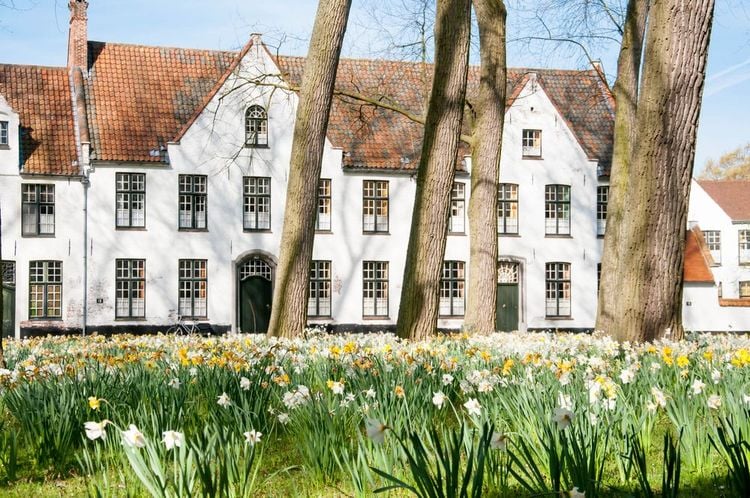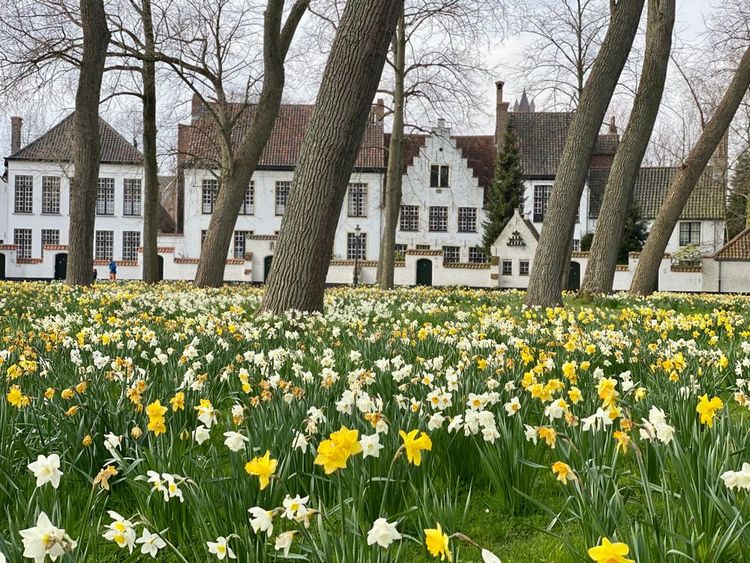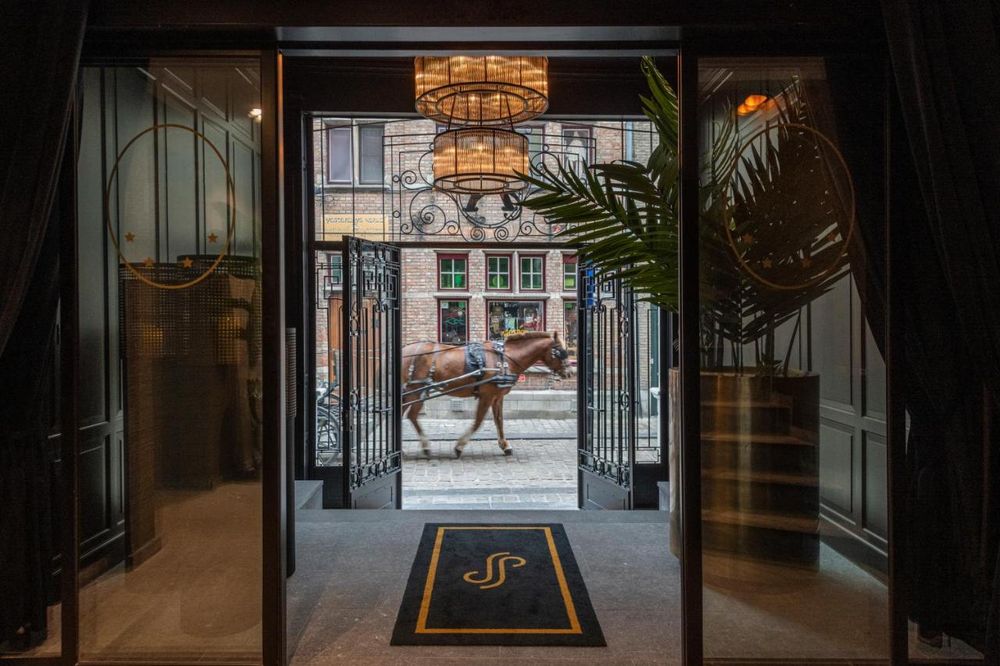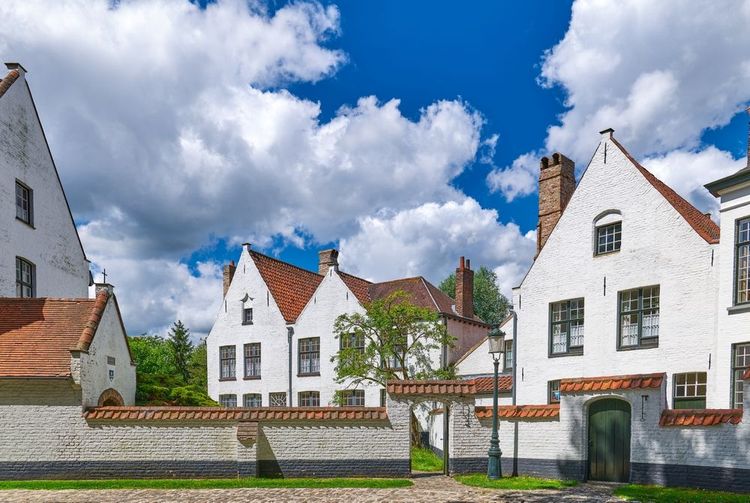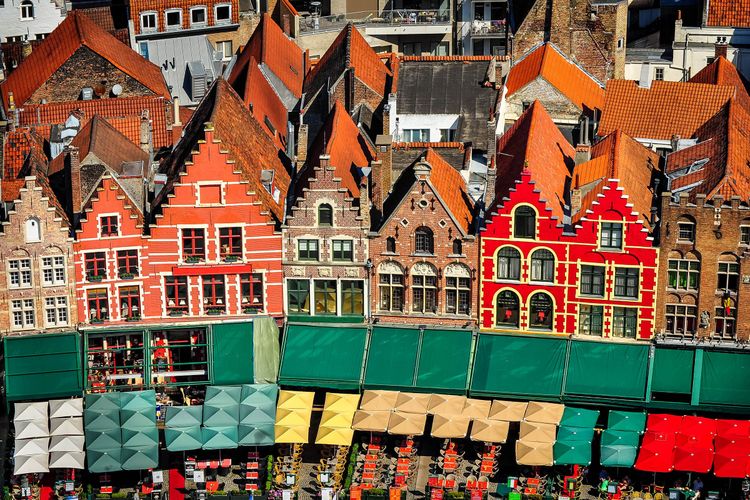"Begijnhof" in Flemish, the beguinage spread mainly in North-West Europe, especially in Belgium and the Netherlands. The movement began in the 12th century and was formed by a community of nuns who called themselves "beguines". They submitted to the monastic rules without taking their vows. It was therefore an autonomous, lay community that was not dependent on the clergy, even though its members had decided to devote their entire lives to religion. What's more, this institution ended up attracting the wrath of the Church, which did not appreciate the independence of the beguines. Beguines were often single or widowed and were regularly accused of false piety.
Being independent, these women lived from their work, almsgiving and donations from wealthy philanthropists. They often looked after the sick, worked as weavers and devoted themselves to prayer. However, the beguines retained their freedom and could go out without hindrance. Above all, they wanted to live in community. For many of them, this choice of lifestyle was a way of avoiding forced marriage while retaining their independence by not having to take their vows. Recognisable by their headdress, the béguin, it is today to their distinctive clothes that we owe the expression "to have a crush". Legend has it that beguines had a kind of power to awaken the call of God in pious women. Around the 16th century, the expression "avoir le béguin à l'envers" ("to have a crush the wrong way round") was coined, meaning to turn away from one's pious life for love. Over time, the expression evolved into the meaning we know today: to have your heart set on someone else.
